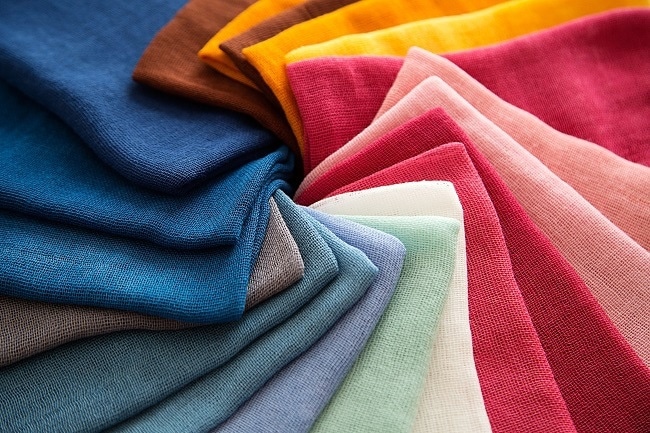Jun 12 2002
Background
Cellulose acetate was first prepared by Paul Schützenberger in 1865. It took another 29 years before Charles Cross and Edward Bevan patented a process for its manufacture.
At about the same time, Little in the US and Bronnert in Germany simultaneously produced cellulose acetate filaments, which were in actual fact cellulose triacetate, which differs in that it is does not easily dissolve on common solvents.
In 1904 George Miles found that partially hydrolyse cellulose acetate would dissolve in acetone. Brothers Henri and Camille Dreyfus exploited this fact to make cellulose acetate films and lacquers in 1910. During World War 1, the technology was used for waterproofing and stiffening the fabrics covering aeroplane wings.
In 1919, they introduced the first cellulose based yarn to the market, called Celanese.
Source
Commercially, cellulose acetate is made from processed wood pulp. The pulp is processed using acetic anhydride to form acetate flake from which products are made.
Coming from wood pulp, means that unlike most man-made fibres, it comes from a renewable resource and is biodegradable.
Another technique for producing cellulose acetate involved treating cotton with acetic acid, using sulfuric acid as a catalyst.
Key Properties
Typical properties of cellulose acetate polymers include:
- Good toughness
- Deep gloss
- High transparency
- A feel that can be described as ‘natural’
Applications
Textiles and Fibres
Cellulose acetate fibres are used for textiles and clothing by many of the top designers in the world. Factors making this material suitable for this application include the fact that it is comfortable, breathable and absorbent. They can also be dyed in many different colours and combined with a range of other fibres such as rayon, cotton, wool, silk etc.

Cellulose can be dyed in many different colours which make it perfect for textiles and clothing. Image Credit: ShutterStock/Anastasia Badmaeva
Spectacle Frames
Early frames for spectacles were cut from sheets of cellulose acetate. While use of cellulose acetate has largely been superseded by injection moulding with more modern thermoplastics, some up-market spectacles are still made in this way. This is most often the case when colour blends/effect cannot be produced by injection moulding. A popular example is the imitation tortoise shell effect.
Tools
Handles for tools have often been made with cellulose acetate. This materials has been used for this application due to its natural feel and toughness.
Film Media
Cellulose triacetate has been the material of favour for photographic film since about 1940. A product called “safety film” exists that has been popular due to its resistance to combustion.
Other Applications
Other applications of cellulose acetate include:
- Wound dressings
- Personal hygiene products
- Absorbent cloths and wipes
- Specialty papers
- Filter media, including cigarette filters. Such materials are often referred to as “tow”.
Primary author: AZoM.com